Basic Stitches for Sewing

Straight Stitch
The straight stitch is one of the most fundamental stitches in sewing. It is commonly used for joining two
pieces of fabric together along a straight line. To create a straight stitch, bring the needle up through the
fabric, then insert it back down a short distance away, keeping the stitch length uniform. Repeat until the
desired seam is complete.
Running Stitch
The running stitch is another simple stitch used for basic sewing. It is similar to the straight stitch but
with larger gaps in between stitches. To make a running stitch, bring the needle up through the fabric, then
insert it back down a short distance away. Repeat this process, leaving even spaces between each stitch. This
stitch is often used for gathering fabrics or basting.
Zigzag Stitch
The zigzag stitch is versatile and commonly used to prevent fabric edges from fraying. It creates a zigzag
pattern by alternating stitching to the left and right. This stitch is especially useful when sewing stretchy
fabrics. Adjust the width and length of the zigzag stitch depending on your project’s requirements.
Backstitch
The backstitch is stronger than the straight stitch and commonly used for securing seams. To create a backstitch,
make a small backward stitch first, then bring the needle forward and insert it into the end of the previous
stitch. Repeat this process, always stitching backward first, until the desired seam is complete.
Blanket Stitch
The blanket stitch is often used for finishing fabric edges, such as on blankets or felt projects. It creates a
decorative looped edge that also helps prevent fraying. To make this stitch, start from the backside of the
fabric and pull the needle through. Insert the needle back into the fabric, a short distance away, then bring
the needle through the loop created. Repeat this process along the edge, maintaining even spacing.
Overlock Stitch
The overlock stitch, also known as a serged edge, is commonly used to finish fabric edges, providing a
professional and clean look. It not only prevents fraying but also helps maintain the fabric’s stretch. This
stitch is typically done using a serger machine, which trims off excess fabric while stitching, creating a
neat, enclosed seam.
These are just a few of the basic stitches used in sewing. Mastering these stitches will help you in various
sewing projects and allow you to expand your skills to more complex stitches and techniques.
Remember to practice on scrap fabric before working on your actual project and always take your time to ensure
neat and precise stitches. Happy sewing!
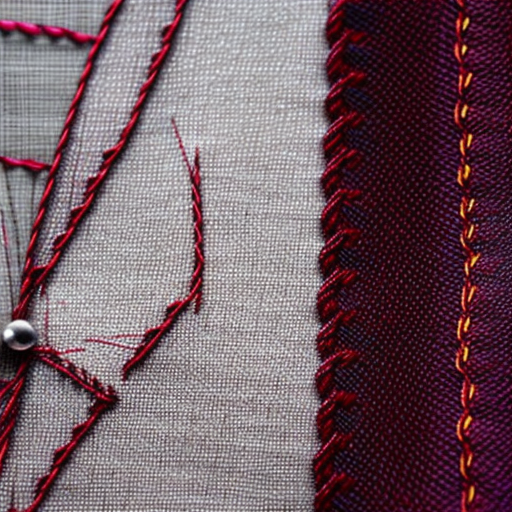
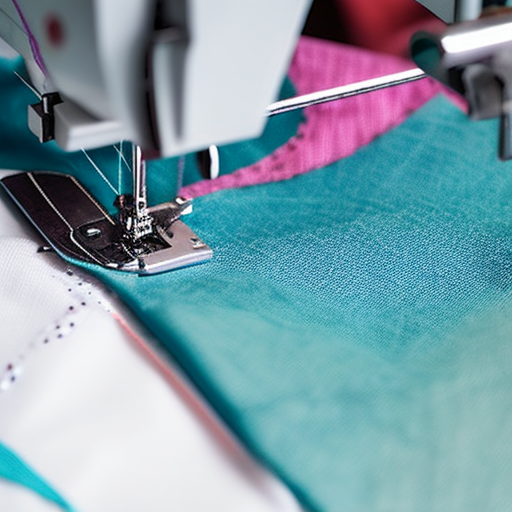
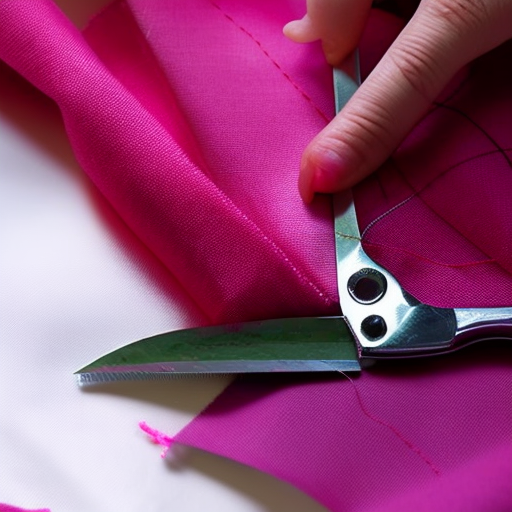
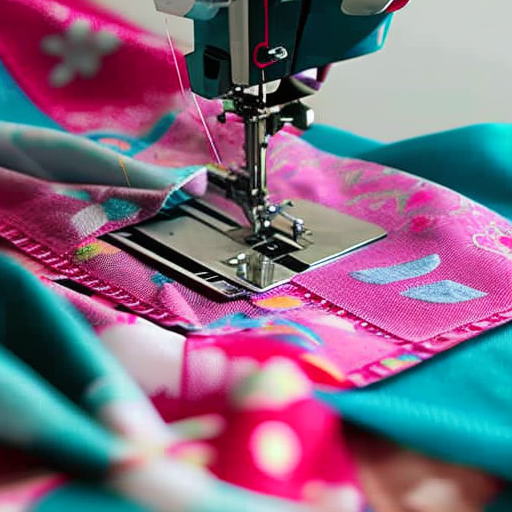
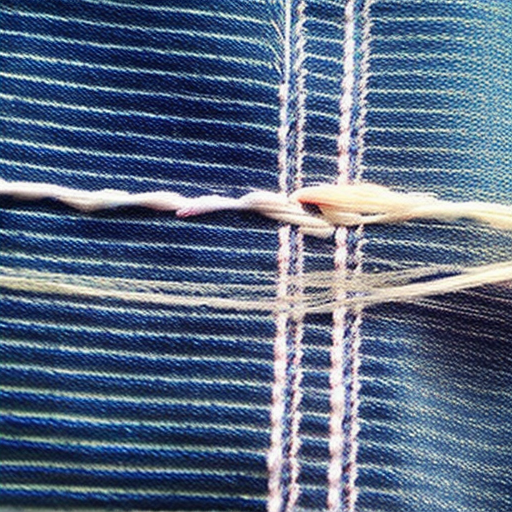
Great guide, it will definitely come in handy for my next project.
Kari Jensen: Super helpful for learning the basics! #stitches #sewing #exploreyourcreativity